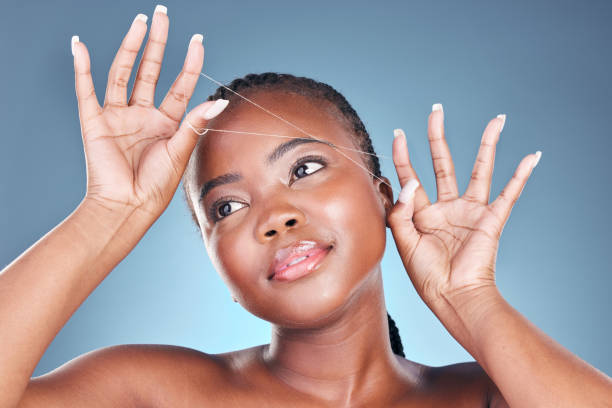Microblading has gained immense popularity in recent years as a semi-permanent solution for achieving perfectly shaped eyebrows. If you’re considering this procedure, you might be wondering, “How long does microblading take?” This guide will cover the entire process, from the initial consultation to the final touch-up session. By the end, you’ll have a clear understanding of what to expect and how much time to allocate for this transformative beauty treatment.
Consultation: Setting Expectations and Designing Your Brows
Before diving into the microblading process, an initial consultation is conducted with a qualified professional. During this stage, you can discuss your desired brow shape and thickness while taking into account your face shape and natural eyebrow hair. The expert will listen to your preferences and offer suggestions to create a look that complements your features. This crucial step ensures that you and the artist are on the same page regarding aesthetics and desired outcomes.

Numbing and Prepping: Ensuring a Comfortable Experience
Once the design is finalized, the microblading process begins. Before the actual blading starts, a topical numbing cream is applied to minimize any discomfort. This cream needs some time to take effect, usually around 20-30 minutes. While waiting, the artist prepares the necessary tools and pigments for the procedure.
When it comes to numbing, every client’s pain tolerance varies. Some may feel minimal discomfort, while others may experience slight sensations during the process. Rest assured, the numbing cream greatly reduces any potential pain, making the procedure more comfortable for you.
Microblading: Creating Precise Hair-Like Strokes
The microblading itself is a meticulous and intricate process that requires the artist’s utmost precision and skill. Using a handheld tool called a microblade, the artist makes small incisions in the skin, depositing pigments that resemble individual eyebrow hairs. This technique creates a natural and realistic appearance, enhancing your eyebrows’ shape and fullness.
During the microblading session, it’s crucial to remain as still as possible. Movement can disrupt the artist’s delicate work and affect the final outcome. So, sit back, relax, and trust your skilled professional to create the beautiful brows you’ve been dreaming of.
Healing and Aftercare: Nurturing Your New Brows
Once the microblading procedure is complete, proper aftercare is vital for ensuring optimal healing and long-lasting results. The artist will provide you with detailed instructions on how to care for your newly enhanced brows. It’s crucial to follow these guidelines diligently to avoid infections and allow the pigment to settle properly.
Remember to keep your brows clean and moisturized as instructed by your artist. Avoid touching or scratching the area, as this can lead to complications and affect the healing process. With proper care, your new brows will gradually reveal their true color and settle into a stunning, natural-looking result.
FAQs
- How long does microblading take in total? The entire microblading process typically takes around two to three hours, including consultation, design, numbing, microblading, and aftercare instructions.
- Does microblading hurt? Thanks to the numbing cream applied beforehand, most individuals report minimal discomfort during microblading. The level of pain experienced varies for each person.
- How long does microblading last? Microblading is considered semi-permanent and can last anywhere between one and three years, depending on various factors such as skin type, lifestyle, and aftercare.
- Are there any side effects of microblading? While rare, some potential side effects include redness, swelling, and mild tenderness around the treated area. These typically subside within a few days.
- Can I get my brows wet after microblading? It’s crucial to avoid getting your eyebrows wet for the first ten days following the procedure. This allows the pigments to settle properly and promotes better healing.
Final Thoughts
The question “How long does microblading take?” is an important one for anyone considering this procedure. On average, a full microblading session can take around 2 to 3 hours. This includes the initial consultation, where your technician will discuss your desired brow shape, color, and expectations. The actual microblading procedure itself involves creating hair-like strokes with a specialized microblading tool to implant pigment into the skin.
By following the provided aftercare instructions and taking the necessary precautions, you can ensure optimal healing and long-lasting results. Remember, each person’s experience may vary, and it’s essential to consult with a professional to address any individual concerns or questions you may have.
Now that you have a comprehensive understanding of how long microblading takes, you can make an informed decision and embark on your journey towards beautiful, hassle-free eyebrows. Say goodbye to daily brow maintenance and hello to effortlessly stunning brows!



